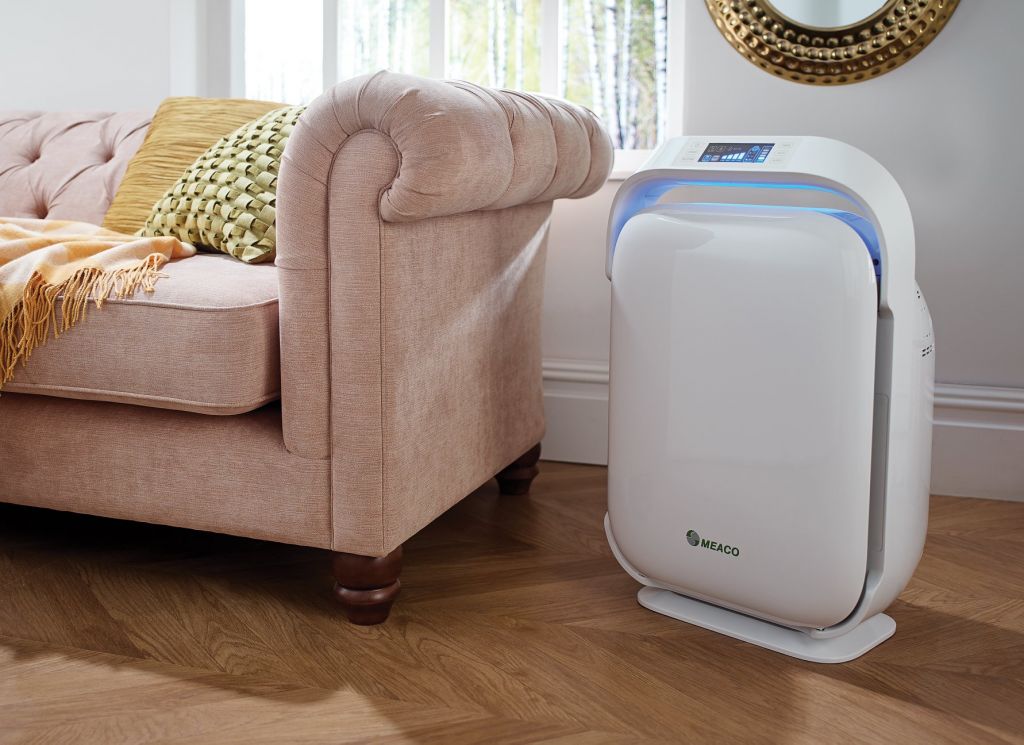See below for affordable air purifiers that can make your home feel much more comfortable and healthy.
Related ads
The air in your home is vital to your health. Indoor air quality can impact your health and cause respiratory disease, allergies, and asthma. The best way to ensure you’re taking care of your family’s wellbeing is by installing an air purifier.
A home air purifier may be used in any room of your property and is designed to remove pollutants, poison, and harmful allergens from the surrounding air. However, there are many types of air purifiers on the market today, but which one is best for you?
This article outline three key factors to consider when buying an air purifier.
1. The Type of Air Purifier That Suits Your Need
There are many kinds of air purifiers, each with unique features and characteristics. So, when shopping, try to narrow down your choices by considering the type of purifier you desire.
To achieve this, you’ll need to figure out which pollutants pose a threat to you and your family so that you can target them appropriately. Different purifiers address distinct types of pollutants. Therefore, you’ll need to focus on your house’s primary concern.
Basically, air purifiers tackle the following issues in your home:
- Pet hair and dander
- Dust mites
- Airborne allergens
- Smoke and smoke odor
- Molds
- Bacteria
- Asthma triggers
Having figured out what pollutant you want to eliminate, you can go ahead and select a purifier that will meet your needs.
Purifiers vary depending on the way they work and specific needs. Below is a list of air purifiers in the market that can help you target indoor pollutants.
HEPA Air Purifiers
According to HomeAirGuides.com, HEPA filtration, (High-Efficiency Particulate Air filtering), is the “gold standard” in indoor air quality. The purifiers have paper filters that efficiently trap contaminants and pollutants.
They can eliminate virtually all microscopic particles and are adept at targeting mold spores, pollen, dust, fungus, hair, and pet dander.
Ionic Air Purifiers
These types of air purifiers fall under the filter-free-machine purifier category. Ionic air purifiers work by generating a cloud of charged ions, designed to attract pollutants into the air.
When these ions link with the pollutants, the contaminants in the air fall to the floor for hassle-free cleaning. Contaminates targeted by the purifier include pollen, fungi, mold spores, and some bacteria.
Carbon Air Purifiers
Carbon filters use activated charcoal as a unique air filter. Activated charcoal is a porous, absorbent substance with millions of tiny pores that draw in airborne pollutants. Unlike other air purifiers, carbon versions are unable to remove pollutants. They can, however, absorb gasses, fumes, and smells from the air. This makes them excellent appliances to do away with home odors.
UV Light Air Purifiers
UV (ultraviolet) light-based air purifiers eliminate pollutants with undetectable waves of light. These models work by emitting UV light, which targets pollutants and disintegrates them at a molecular level. It’s almost as if your house’s air is being sterilized. UV light purifiers are excellent for removing viruses, germs, and bacteria from the air.
2. Air Purifier Size
After you’ve decided which sort of air purifier is appropriate for the pollutants you want to target, the next step is narrowing your choices based on size.
Air purifiers vary in size, so select the one that best suits your home. The one one-size fits all notion doesn’t apply to purifiers. So, if you choose a small one and your house is large, some rooms will still retain pollutants.
Therefore, you’ll need an air purifier that can handle the entire space in your home. When shopping, look at the square footage rating on the model of your choice to figure out its capabilities.
Are you unsure of the exact square footage of your room? You may roughly determine it by measuring its length and width and then multiplying the two. A 10’x20’ room, for example, has a volume of 200 sq. ft. Therefore, you’ll need a purifier with a capacity of 200 sq. ft for the room.
3. The Features
Finally, think about what features you want your air purifier to have. While their primary function is to remove contaminants from the air in your house, they frequently include extra features that provide even more benefits.
Some of the unique features we’re talking about include;
Pre-filters: Pre-filters work with standard filters to offer a second layer of air filtering for large particles like dust and hair.
Digital controls: Digital controls over you more command over the purifier.
Adjustable fan speeds: This helps you alter the speed of the air purification process. You can make changes depending on your preference.
Programmable timers: Timers may be programmed to run the air purifier at set intervals.
Air quality sensors: They keep track of particular pollutants in the air at home.
There are several more appealing and cutting-edge characteristics available on various air purifiers. The point is, you may choose an air filter that suits all of your demands while also including special features for added benefits.
Your Health Depends on the Right Air Purifier
It’s critical to select the proper air purifier. You don’t want to settle for any model. You need one that tackles the pollutants in your home effectively. As a result, living your air clean and healthy.
While narrowing down the numerous alternatives may be difficult, this article will assist you in selecting the right air purifier. Just ensure you do your homework by conducting thorough online research prior to making a decision. Don’t forget to compare the characteristics and prices of the purifiers before making a purchase.
Related ads

